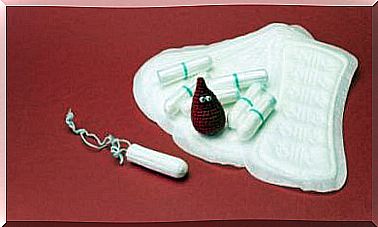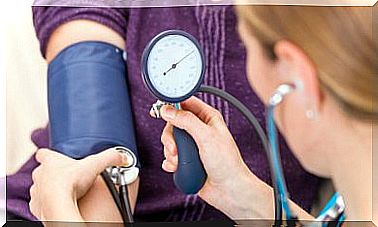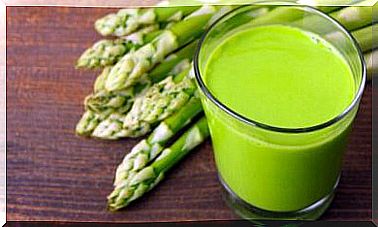Foods That Produce More Gas
Although a Sometimes gases are difficult to treat, they can improve with some dietary guidelines and daily habits. To try to reduce the problems they generate, it is good to know the foods that produce more gas, and thus organize a diet according to these recommendations.
What are gases and how can we detect them
Gas or flatus are produced by air accumulated at some point in the digestive tract. This is called meteorism. They are usually generated by swallowing air when chewing, or as a consequence of the fermenting activity of intestinal bacteria.
In general, it is normal for them to form. And we usually eliminate them without further problem through belching or intestinal flatus. In some people these can constitute a large amount, generating more severe discomfort and pain.
There are some situations that can make this happen:
- Taking some medications.
- Problems in the motility of the intestine.
- Some diseases, such as intestinal dysbiosis, irritable bowel and celiac disease.
- Carbohydrate malabsorption problems.
Sometimes the formation of gas is unavoidable, but knowing the foods that produce the most gas can help us control the situation. Let’s see below which are the foods that usually cause more problems.
What foods produce the most gas?

1. Carbonated drinks
Surely, we do not think of beverages when we analyze the foods that produce the most gas. But these are consumed by many people, and sometimes in large quantities.
In their own composition they contain a type of gas, carbon dioxide. So, when we drink them, we are ingesting a large amount of gas, and if we are not able to eliminate it well, it is trapped in the digestive system.
2. Legumes
Legumes, in general, are foods that are very rich in nutrients. However, they have a type of carbohydrate in their composition: alpha galactosides. These carbohydrates belong to the group of Fodmap’s.
The problem with this type of carbohydrate is that we cannot digest them, therefore, when they reach the colon, they are fermented by bacteria in the flora, producing gas as a result. In addition, due to its high amount of fiber, they increase flatus in people who are not used to consuming them.
To enhance this effect you can eat in small amounts at a time and choose the skinless varieties such as red lentils. Or, cook them shredded, either in the form of hummus or pureed legumes and vegetables.
3. Onions, garlic and leeks
Onions, as well as garlic and leeks, are vegetables that, although they are rarely eaten alone, are part of the preparation of many dishes.
In their composition they have a good amount of fructans. These are a type of fiber that can be very difficult to digest, making it common for them to cause gas and bloating.
Although to a lesser extent, they are also present in some cereals – wheat and rye – and vegetables – artichokes, peas or cabbage.
4. Apples and other fruits rich in fructose
Apples not only contain a significant amount of fructose, but are also rich in sorbitol. Both fructose and sorbitol are difficult to tolerate in some people. In addition, to this we must add, as in legumes, the amount of fiber that each piece has.
Other fruits rich in fructose with which to increase vigilance are pears, peaches and plums.
5. Cruciferous vegetables
Within this great family of vegetables are broccoli, Brussels sprouts and cauliflower. The problem in this group of vegetables is given by the presence of raffinose. This type of sugar remains undigested until it reaches the large intestine, where it is fermented.
Some tricks in the kitchen can help us reduce this flatulent effect:
- Reduce the portions of these types of vegetables and do not mix them together.
- Steam them until they are well cooked.
- Add cumin, bay leaf, ginger or other spices that can help us eliminate the gases that form in the intestine.

6. Sweeteners
Polyols – or sugar alcohols – are poorly digestible products that can replace sugar. The best known are xylitol, sorbitol and mannitol, which are used in the preparation of many sugar-free or light foods .
Being poorly digestible, they reach the colon, where they are fermented by intestinal bacteria. And although beneficial substances for the intestinal mucosa are produced as a result of fermentation, a large amount of gas is also produced. If not removed well, it becomes trapped and can cause pain and discomfort.
Control foods that produce more gas
Although the foods that produce the most gas are the ones we list, each person has a very specific tolerance level. So the important thing is to know how each of them affect us personally.
We can, therefore, regulate its intake in order to minimize the negative effects. Without forgetting, of course, to consult a doctor if there are warning signs, such as changes in the consistency of the stool, bleeding when defecating, weight loss or constipation and diarrhea.








